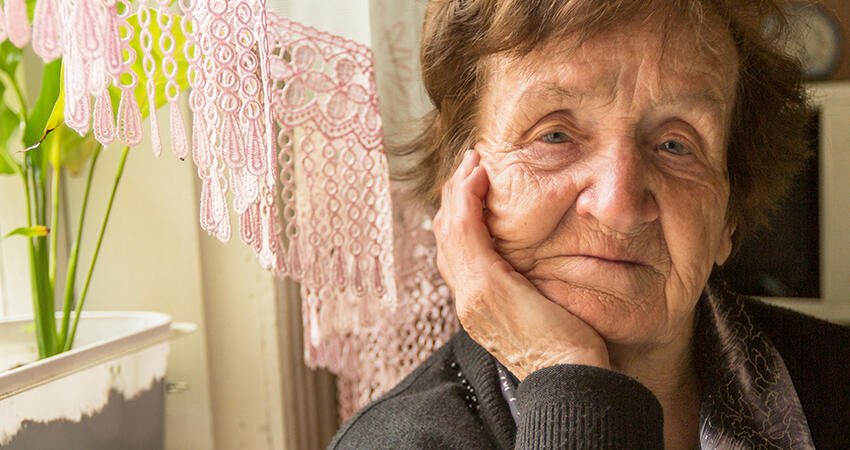
How Healthy Are Homeless Adults Entering Permanent Supportive Housing?
- Title:
- How Healthy Are Homeless Adults Entering Permanent Supportive Housing?
- Author:
-
Benjamin F. Henwood, John Lahey, Harmony Rhoades, Hailey Winetrobe, Suzanne L. Wenzel
- Source:
-
Journal of Public Health
- Publication Date:
-
2017
How should we treat the homeless? Homelessness is associated with high rates of acute and chronic health problems, and about half of chronically homeless people are age 50 or older. Used widely across the United States, permanent supportive housing has proven to be an effective intervention to chronic homelessness, reducing rates 21 percent from 2010 to 2015. But because it is such an expensive solution, homeless people with a higher risk of mortality—namely older adults with health issues—are prioritized and placed in supportive housing. The authors of this study conducted interviews to examine the self-reported health status of 421 homeless adults ages 39 and older entering permanent supportive housing from 2014 to 2016 in Los Angeles County, which has one of the nation’s highest homelessness rates. Their findings tell a different story than previous research on the subject and suggest that solutions will not be a quick fix to address premature mortality among chronically homeless adults.
Key findings
- Ninety percent of participants reported two or more chronic physical or mental conditions (the most common being depression, anxiety, and bipolar disorder).
- Sixty-eight percent reported having at least two chronic health conditions.
- Fifty-six percent reported having at least two mental health conditions.
- These findings show that the health conditions of these homeless adults are worse than previous research suggests. They show the importance of providing comprehensive health services as part of permanent supportive housing and that the physical permanent supportive housing units may need to be modified to fit these people’s health profiles. Programs could also focus more on self-managing chronic diseases in addition to retaining housing.


